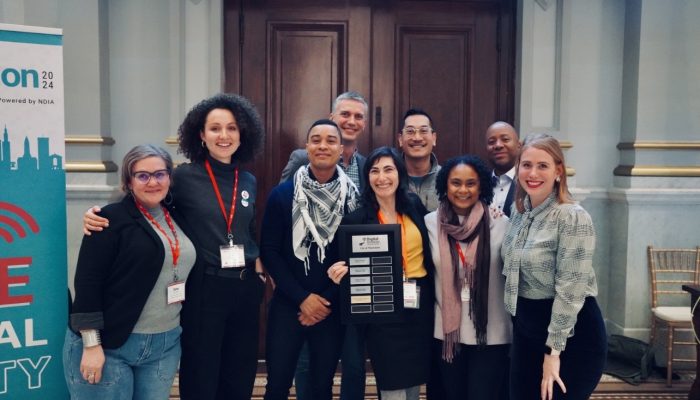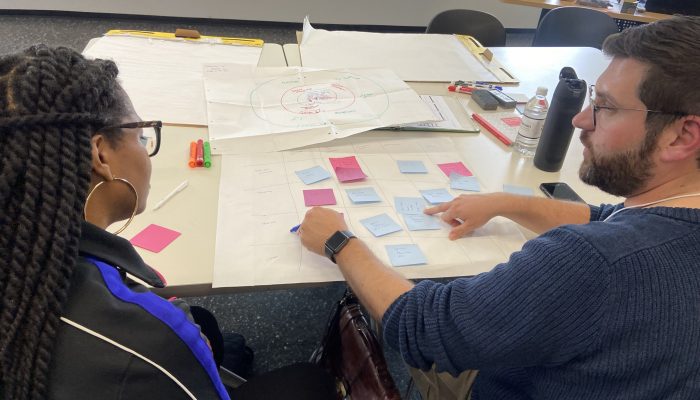A few months ago, the City launched the 2020 PHL Open Data survey to find out how residents use the City’s open data, the new data they want to see, and any challenges in accessing or using the data.
We had three primary goals for conducting this survey:
- Identifying the value of open data by understanding its impact within the City
- Discovering the obstacles that users face so we can improve open data services
- Increasing awareness about our OpenDataPhilly datasets
What did we learn?
Hundreds of people responded to the survey to offer their feedback about our open data. We received responses from City workers, nonprofit workers, businesspeople, academic researchers, professors, community advocates, journalists, students, urban planners, data professionals, homeowners, renters, and more.
We learned that the City’s release of open data creates value for people and organizations in various industries. 90% of responders said that open data is important to their projects, and 92% thought that our visualizations were helpful.
Users also highlighted how we can improve our open data services:
- Make some datasets more comprehensive and add the ability to organize by zip code or other features
- Ensure already released data stays up to date
- Release more data that’s currently only available as PDFs
- Continue to deliver open data through apps like Atlas
Our data team is excited to jump into this work and strengthen our open data services.
What’s next for the City’s open data?
Here’s what we plan to implement to keep open data flowing and growing:
- Keep fresher data—Our CityGeo team will continue to set up more datasets that will automatically update with the latest information. Additionally, more automation frees our team to focus more on releasing new data that residents want to explore.
- Release new data—We’ll prioritize working on data projects that align with the primary areas noted by the survey respondents, particularly datasets related to property and City planning, financial information, and health and human services.
- Visualize data—Visualizations make it easier to analyze, understand, and interpret data. Survey responders generally supported our efforts to accompany datasets with ready-made charts and maps. We also want to ensure the broadest audience possible can quickly gather insights from the data we share for the work they do. We’re exploring what tools we can use to power more visualizations.
- Awareness—We want residents to know that this data is available and useful for many purposes. Anyone can use and access this data—whether it’s for a business project or simple curiosity to learn more about Philadelphia.
Data can enable more useful work and inform decisions, and the City will continue to help people by providing more and better organized data.




